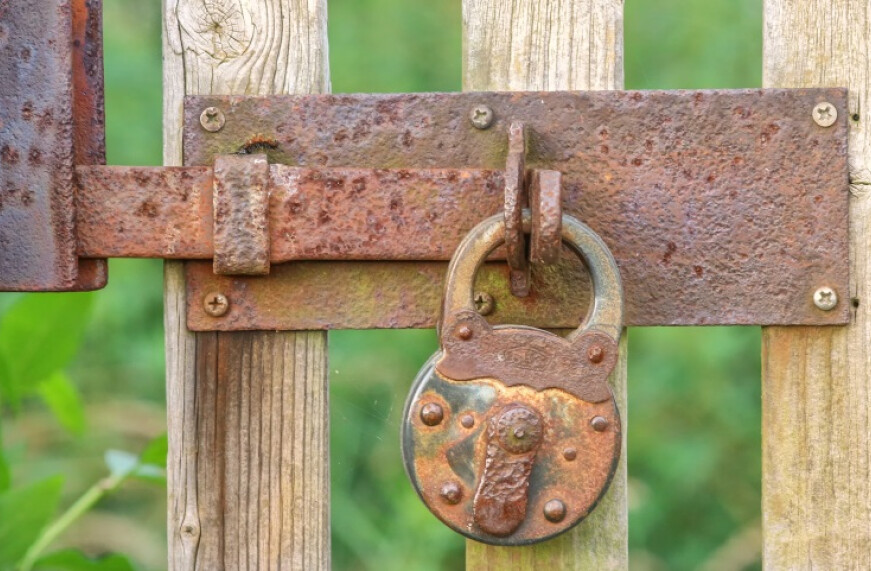We Are All Children of God

Hindsight is always 20/20. As we look back on history, knowing that Jesus rose from the dead and ascended into heaven, along with 2,000 years of theological study, the Sadducees can seem a little silly. Yet during Jesus time there was a belief about who the Messiah would be and what he would accomplish. This Jesus didn’t look much like the warrior king that would return Israel to its previous glory. From the Sadducees perspective they needed to discredit this impostor as soon as possible. They devised a plan. They came up with a seemingly impossible and absurd scenario. A woman had married, and before she could have a child, her husband died, so she married her brother-in-law as prescribed by the law. This happened to her not once but seven times. If there were a resurrection how absurd would it be to simultaneously be married to seven men?
How does Jesus respond? He says we are all children of God. There is no need for marriage as a type of estate planning. While that was important in this life it has no meaning in heaven. Instead, we are more like angels and will have eternal life with and in God. In fact to God we have never died. Jesus knows of his upcoming death and resurrection and he also knows that we too, by virtue of our baptism, will rise with him to eternal life. This is the good news! This is the kingdom Jesus has come to create, where everyone has come from God and everyone must return to God. A kingdom of love and mercy vs a kingdom of earthly power and exclusion. A kingdom that somehow exists in our world today but in an imperfect way. It is the kingdom that is tangibly present to us in all the sacraments, particularly in the Eucharist. This, is the resurrection we live for, a life with the Holy Trinity, the communion of Saints and the heavenly host for eternity.


